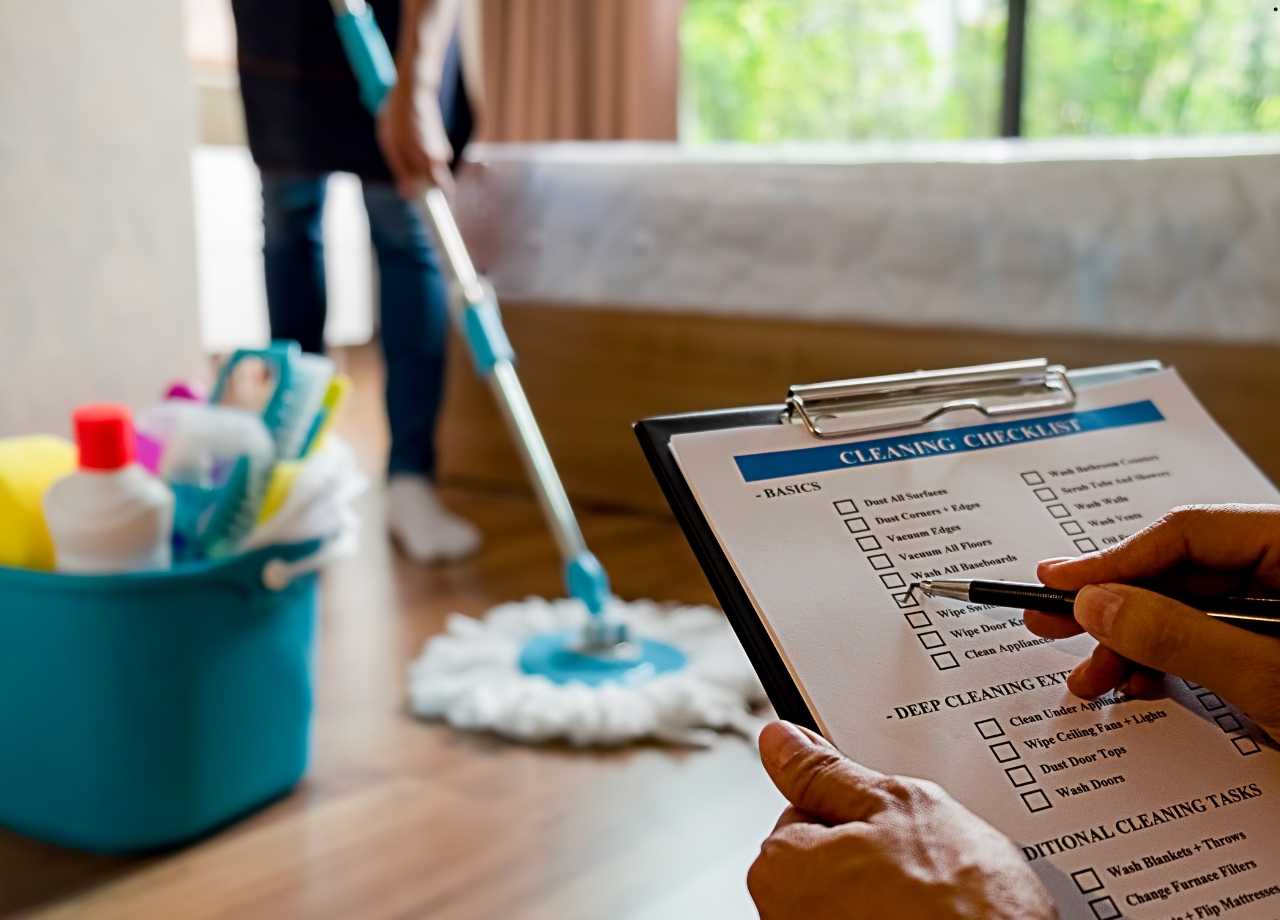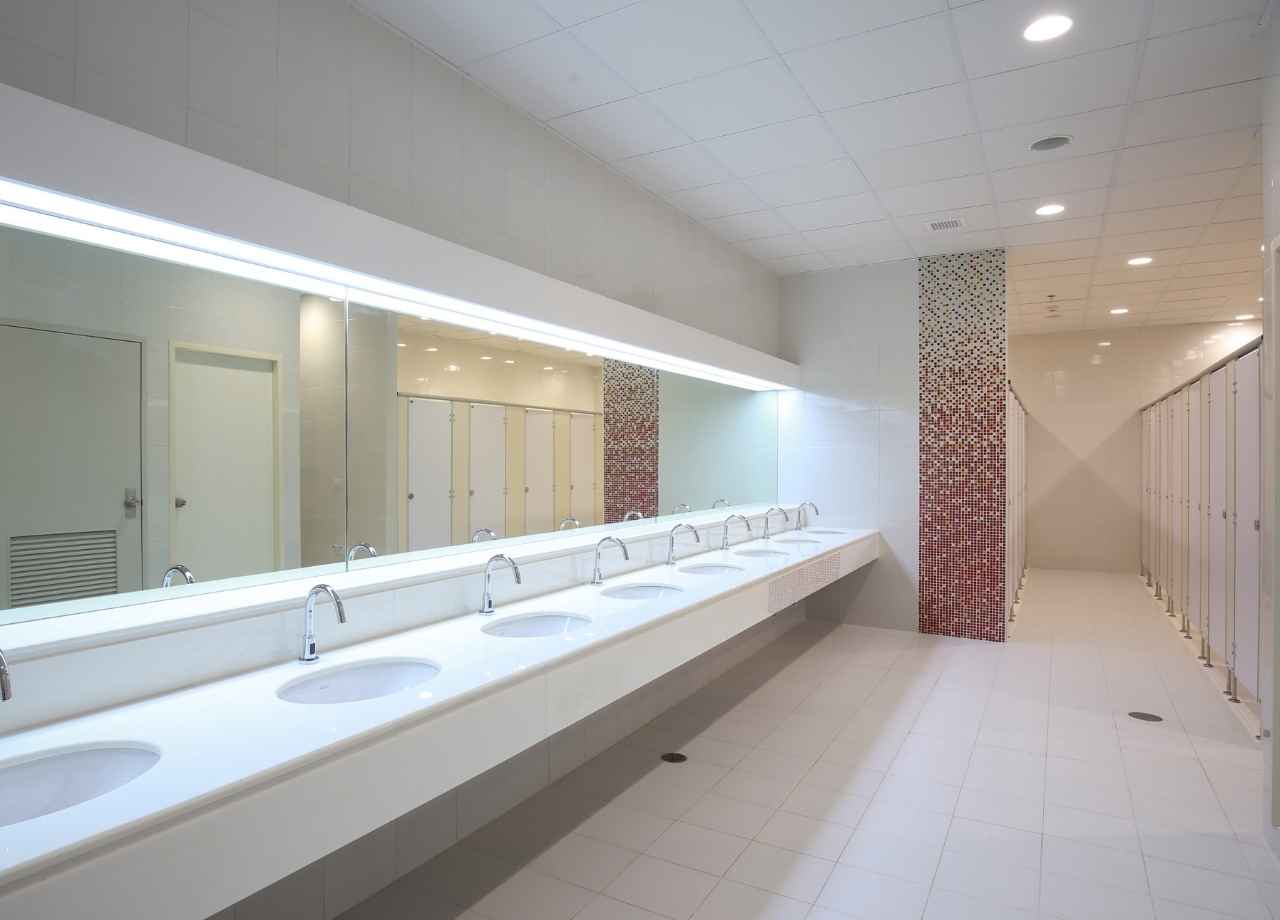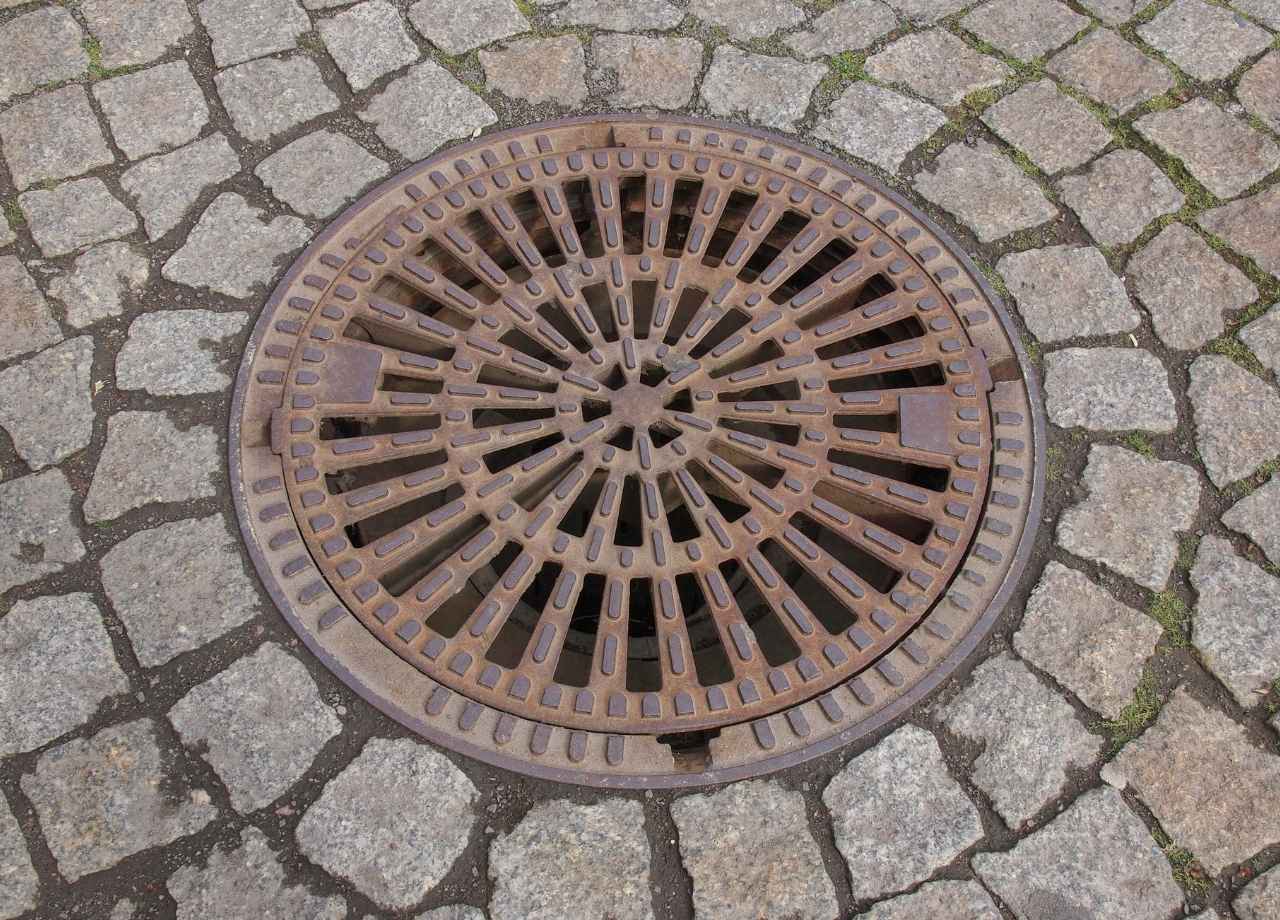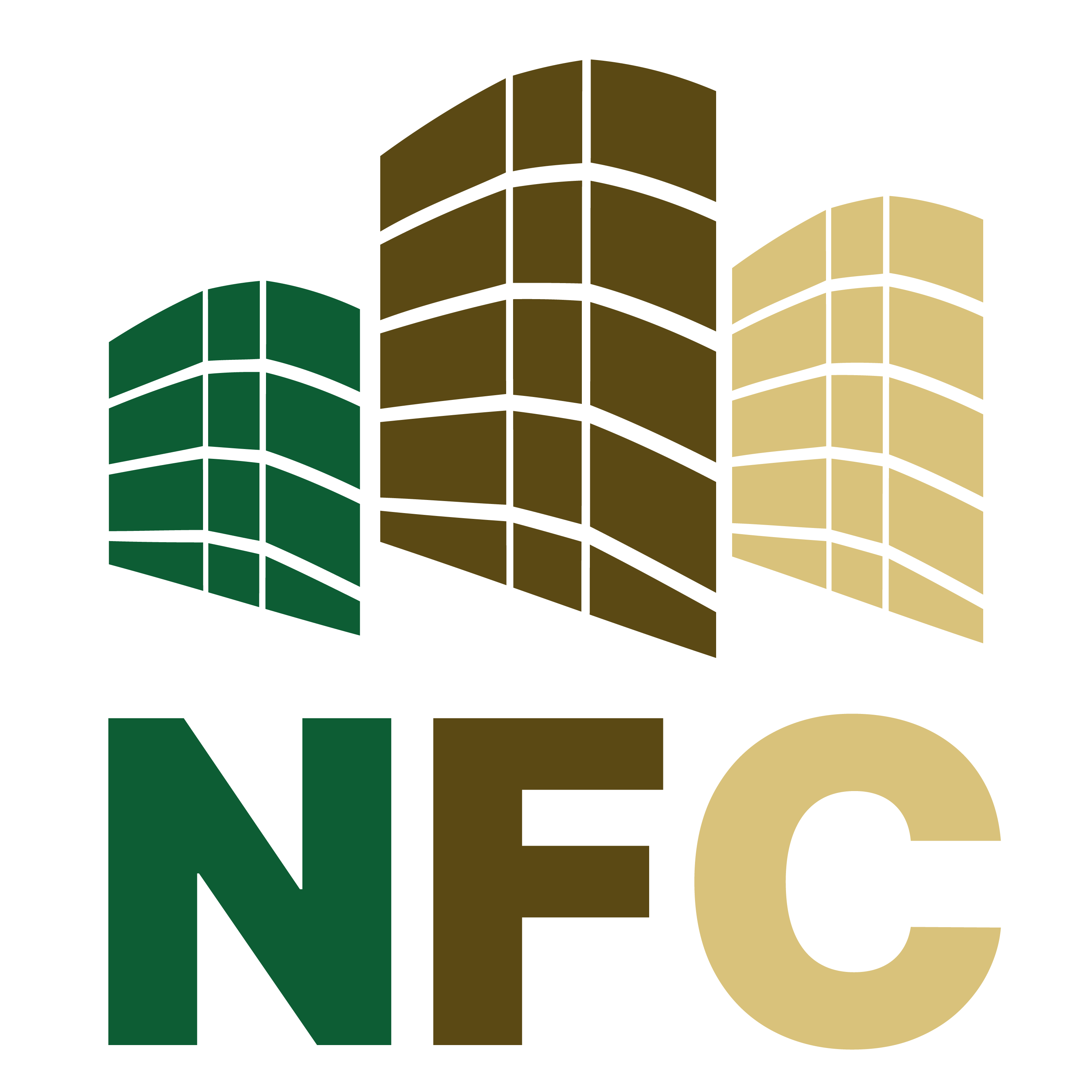Fall Cleaning Guide for Facility Managers
As fall sets in, facility managers face a new set of challenges—rising indoor foot traffic, clogged gutters, HVAC strain, and increased safety risks. Without seasonal maintenance, small issues like blocked drains or neglected heating systems can quickly escalate into costly repairs or operational disruptions. Preparing now ensures a seamless transition into winter, keeping buildings safe, energy-efficient, and well-maintained.
Changing seasons bring a shift in how facilities operate. Colder temperatures, falling leaves, and increased indoor activity create challenges that demand attention before winter arrives. Cleaning routines that worked through the summer may no longer be effective, and delaying seasonal maintenance can lead to costly repairs. Facility managers who act early can prevent issues that disrupt daily operations, ensuring a safe and efficient environment.
HVAC Systems Need More Than a Filter Change
Dust, pollen, and moisture accumulate in HVAC systems throughout the warmer months. When heating units start running, all that buildup circulates through the air, reducing efficiency and lowering indoor air quality. A full system checkup before cold weather arrives keeps everything running smoothly.
- The U.S. Department of Energy reports that HVAC systems account for nearly 40% of total building energy use. Regular maintenance can improve efficiency by up to 20%, significantly lowering heating costs in the winter.
- Filters should be replaced with high-efficiency options that trap more airborne particles.
- If duct cleaning hasn’t been done in a while, scheduling one prevents dust and allergens from spreading through the building.
- Thermostats should be calibrated to ensure heating cycles run efficiently, preventing energy waste.
Moisture buildup inside ducts and vents can also lead to mold growth. Condensation forms as outside temperatures drop, creating a damp environment inside the system. Checking for signs of mold early prevents health hazards and ensures the system functions properly.
Floors Take a Beating with Fall Weather
Leaves, dirt, and moisture get tracked inside more frequently in the fall, especially near entryways. Without proper precautions, floors become slippery, increasing the risk of accidents.
- The National Safety Council reports that slips and falls account for over 25% of workplace injury claims. Keeping floors dry and clean during seasonal changes is critical for safety.
- Mats designed to trap debris should be placed at all building entrances and cleaned regularly to remain effective.
- Hard floors lose their protective coatings faster during this time of year. Applying a fresh coat of sealant protects surfaces from further damage, extending the life of tile, vinyl, and wood flooring.
- Carpets require deep cleaning before cold weather sets in to remove built-up grime and prevent mold and mildew growth.
Gutters and Drains Shouldn’t Be Ignored
Falling leaves don’t just accumulate on sidewalks—they clog gutters, downspouts, and drainage systems. When water can’t flow properly, it pools around building foundations, causing erosion and structural damage.
- Regularly clearing gutters and checking for blockages ensures proper drainage before heavy rains arrive.
- Parking lot drains also need attention. If leaves and debris collect in storm drains, water backs up, creating puddles that deteriorate asphalt and increase the risk of slips and falls.
- A quick inspection and cleanup prevent costly repairs later.
Windows and Exterior Surfaces Need Extra Attention
Natural light becomes more valuable in the colder months, but dirty windows block sunlight and reduce energy efficiency. Dust, pollen, and streaks from summer rainstorms leave glass surfaces looking dull.
- Cleaning exterior windows improves visibility and allows more sunlight to warm indoor spaces naturally.
- Building exteriors should be inspected for signs of wear. Cracks, peeling paint, and water stains indicate areas where moisture is seeping in.
- Sealing gaps, repainting problem areas, and addressing minor repairs early prevent winter damage.
Restrooms Require a Seasonal Cleaning Strategy
Indoor facilities see more use in the colder months as people spend more time inside. Soap dispensers, paper towels, and toilet paper need to be restocked more frequently to accommodate increased demand. Running out of basic supplies creates frustration and reflects poorly on facility maintenance.
- Plumbing systems need extra attention. Slow drains, minor leaks, and inconsistent water pressure should be addressed before colder weather makes repairs more difficult.
- Frozen pipes become a major issue when temperatures drop, so insulating exposed plumbing prevents costly emergencies.
- Deep cleaning restroom surfaces helps maintain hygiene as flu season approaches. Regularly disinfecting high-touch areas, including door handles, faucets, and stall locks, reduces the spread of germs and keeps occupants healthier.
Storage Areas and Supply Closets Need a Reset
Changing seasons highlight areas of disorganization that may have been overlooked. Storage rooms often become cluttered with unused equipment, outdated supplies, and forgotten materials. Taking time to reorganize these spaces makes day-to-day operations more efficient.
- Cleaning products should be reviewed for expiration dates. Disinfectants lose effectiveness over time, and improperly stored chemicals may become hazardous.
- A full inventory check ensures the right products are available when needed.
- Seasonal supplies should also be restocked. Ice melt, snow shovels, and winter safety gear should be ready before cold weather arrives.
Outdoor Spaces Need More Than Just Leaf Removal
Landscaping requires extra care in the fall. Fallen leaves not only create a mess but also pose safety risks when they become wet and slippery.
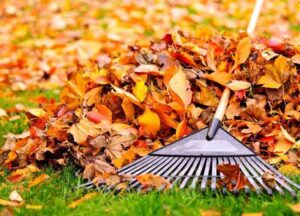
- Walkways should be cleared regularly to prevent accidents.
- Tree limbs weakened by summer storms may break under the weight of early snow. Trimming branches before they become a hazard prevents damage to buildings, vehicles, and pedestrians.
- Overgrown shrubs should be cut back to discourage rodents from nesting near entry points.
- Outdoor furniture should be stored or secured to prevent wind damage.
Breakrooms and Kitchens Require More Frequent Cleaning
Cooler temperatures encourage more indoor gatherings, leading to increased use of shared kitchen spaces. Coffee makers, microwaves, and refrigerators see more use, making regular cleaning essential.
- Appliances should be deep cleaned to remove buildup that affects performance.
- Grease traps, vents, and sink drains should also be checked to prevent plumbing issues.
- Food storage areas need to be monitored closely. Expired items, spills, and improperly sealed containers attract pests, creating sanitation problems.
- Emptying trash bins more frequently and sealing food in airtight containers reduces the risk of infestations.
Safety Equipment Needs a Thorough Inspection
As the risk of indoor heating-related fires increases, fire safety systems must be in top condition.
- Extinguishers should be checked for expiration dates, and smoke detectors must have fresh batteries.
- Fire alarms and emergency lighting should be tested to ensure they function properly.
- Emergency exit routes need to remain clear. Seasonal decorations, stacked supplies, or misplaced furniture should never block pathways.
- Backup generators should be tested, and emergency supplies—such as flashlights and first-aid kits—should be restocked.
A Season of Preparation Saves Time and Money
Colder months introduce challenges that impact daily operations, but early preparation prevents major disruptions. National Facility Contractors helps businesses and facility managers handle seasonal maintenance with expert cleaning, HVAC servicing, and exterior upkeep, ensuring facilities remain safe, efficient, and well-maintained.
Addressing maintenance concerns before winter sets in keeps facilities running efficiently, reduces repair costs, and ensures a safe environment for everyone. Facility managers who take the time to complete these seasonal tasks will see fewer emergencies and a smoother transition into winter.

